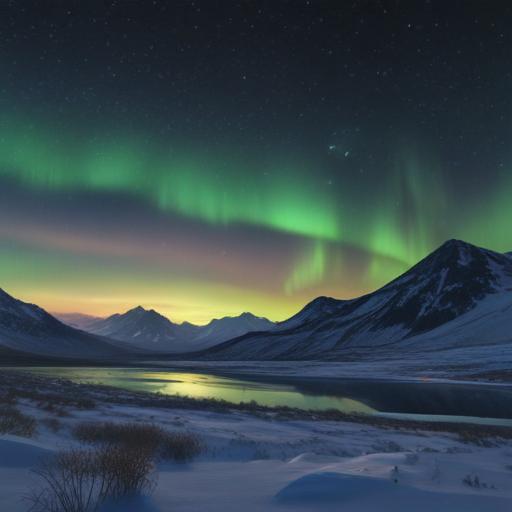Northern Lights could light up skies across 15 states tonight, including New Hampshire and Maine, as a minor geomagnetic storm moves through space and clear autumn-like skies set the stage for stargazers. Forecasters say the activity is expected to be most visible where skies stay dark and weather remains calm.
Best odds and viewing map
The Space Weather Prediction Center notes a G1 geomagnetic storm, which can spark visible aurora displays under dark skies. The states with the strongest chances to catch the northern lights tonight are Washington, Idaho, Montana, North Dakota, South Dakota, Minnesota, Wisconsin, Michigan and Alaska. In addition, other states along the viewing corridor — where auroras could still be seen with optimal conditions — include Wyoming, Iowa, New York, Vermont, New Hampshire and Maine. Among these, northern Maine and the far northern tip of New Hampshire are highlighted as having the best probability of seeing the lights, though a sighting is never guaranteed.
When to look
Auroras are typically most noticeable between 10 p.m. and 2 a.m. local time. Forecasters managing the three-day outlook say the peak tonight will likely occur between 11 p.m. and 5 a.m., offering a window of opportunity for curious observers across multiple time zones.
How to improve your chances
Dark, clear skies make for the best aurora viewing. Experts recommend getting away from city lights and finding an open field or a hilltop to lie back and watch the show unfold. In New England, a local conservation area or park with minimal lighting is ideal, and a coastline far from major cities can provide an unobstructed horizon for a sweeping auroral display.
Tips for watching and photographing
– Check for current aurora forecasts and real-time solar activity from trusted sources such as the Space Weather Prediction Center and other astronomy outlets.
– Bring a warm layer, a comfortable chair or blanket, and a stable vantage point.
– For photography, a sturdy tripod, a wide-angle lens, and manual exposure settings (long exposure around 15–30 seconds, ISO adjusted to your camera) can help capture the bands of color as they ripple across the sky.
Why this happens
Auroras occur when charged particles from the sun collide with Earth’s magnetosphere, exciting atmospheric gases and creating the shimmering curtains and arcs that light up high-latitude skies. A minor G1 storm can produce vivid displays, especially when cloud cover is minimal and skies are truly dark.
What to monitor next
If you’re interested in catching the aurora, consider watching the local forecast and checking reputable aurora alerts and solar activity feeds throughout the night. Whether you’re in the Northeast or farther west, a successful sighting can be a memorable reminder of the dynamic space environment above us.
In addition to potential sightings, tonight offers a pleasant outdoor backdrop: comfortable temperatures and clear skies make it a good evening to enjoy stargazing in a quiet spot away from bright city lights. With any luck, the aurora could provide a spectacular natural light show across a wide swath of the country.
Summary and outlook
A minor geomagnetic storm gives the green light for a broad Northern Lights viewing window across 15 states, with the strongest odds in northern Maine and the northern tip of New Hampshire. If you’re planning a night excursion, head to a dark, open spot and keep an eye on official aurora forecasts for the latest timing. With patience and clear skies, this could be a memorable auroral night.
